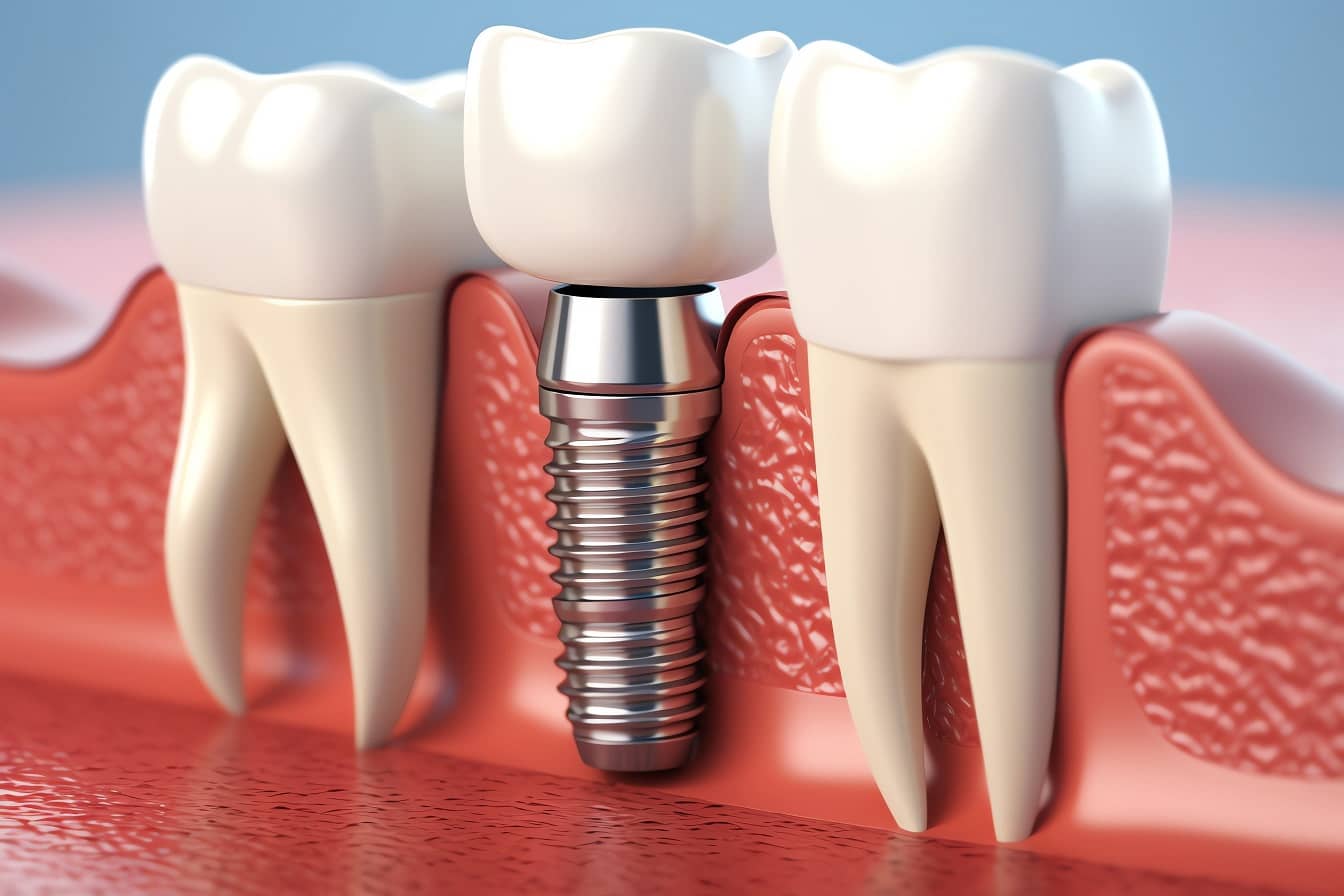
Dental implants provide a long-lasting way to replace missing teeth, improving both form and function of the teeth. Familiarizing yourself with the process can help to dispel any fears and make you ready for the process of achieving a new smile. This is a simple guide to the step-by-step process of dental implants. Dental implants in Lethbridge provide one of the best implants in the world that will cater to your demand.
Process of Dental Implants:
1. Initial Consultation
In an initial evaluation, your dentist plumbs through a number of things. An initial consult usually includes:
- Evaluation of Oral Health: An inspection of the teeth, gums, and lower jawbone for the purpose of determining implant suitability.
- Imaging Studies: X-rays and/or 3D scans will show any lack of density or structure of interest.
- Medical History Discussion: Discuss medical history and any conditions or medications that might jeopardize the procedure.
- Treatment Planning: A personalized plan for treatment is created, with specifics on the actual number of implants needed and the general course.
2. Preoperative Procedures (If Required)
Depending on the case, other treatments may be required before implant placement:
- Tooth Extractions: Extraction of cracked or rotten teeth to allow for the placement of the new implants.
- Bone Graft: In case the jawbone is not dense enough, a graft might be done to make it strong. This requires transplanting bone tissue to the weak area, requiring several months of healing time before moving ahead.
3. Implant Surgery Placement
After preparations:
- Pain Control: Local anesthetic ensures comfort throughout the procedure.
- Incision and Drilling: A small incision is made in the gum to access the jawbone. A special drill creates an accurate hole for the implant.
- Implant Insertion: The titanium implant is securely positioned into the prepared site.
- Suturing: Gum tissue is closed back over the implant area to ensure healing.
4. Osseointegration Period
Upon placement, the implant osseointegrates with the jawbone. This pivotal process takes an average of 3 to 6 months to complete, which provides a stable base for the artificial tooth.
5. Placement of Abutment
Once osseointegration is successful, the procedure that follows:
- Reopening the Gum Tissue: A small surgery opens up the gum tissue.
- Abutment Attachment: Abutment is a connecting piece which is placed on the implant, to support the final prosthetic tooth.
- Healing Cap Placing: A provisional cap can also be applied over the abutment to aid the healing of gums around the abutment.
6. Prosthetic Tooth Placement
After the healing of the gums around the abutment, then follows:
- Impressions: The impression should be made from the mouth to prepare a custom crown, which is blended with the teeth present.
- Crown Attachment: The custom-fitted crown is attached to the abutment where the restoration is completed.
What are the 3 Types of Dental implants?
To understand the different types of dental implants that will pave the pathway for your sound choices:
- Endosteal Implants: This is the most commonly placed type as it is surgically implanted into the jawbone. These act as a substitute root to support a replacement tooth or a bridge.
- Subperiosteal Implants: Placed beneath the gum but on top of the jawbone, these are for those who do not have adequate bone height or are not able to go through bone augmentation surgery.
- Zygomatic Implants: Zygomatic implants are the rarest type of implants. They are implanted in the cheekbone (zygoma) instead of the jawbone and are mostly used in cases of severe bone loss in the upper jaw.
Recovery and Aftercare
In the postoperative period, careful wound healing requires:
- Oral Hygiene: Practice excellent oral hygiene and gentle brushing and flossing in the implant vicinity.
- Dietary Advice: Soft diets should be followed, and do not chew in the implant area during the early healing phase.
- Follow-Up Visits: Attend all follow-up appointments to monitor healing and address issues early.
Restore Your Smile with Expert Dental Care
Good starting points for dental implant treatment are those that will improve oral health and confidence. For those considering dental implants, the choice of a good dental clinic in Lethbridge could be critical to deriving the best results. At Stafford Family Dental, the professionals have great expertise to offer you personalized care and to guide you through every step of the implant process. Contact us today to schedule your consultation and get ready for a brand new smile!
